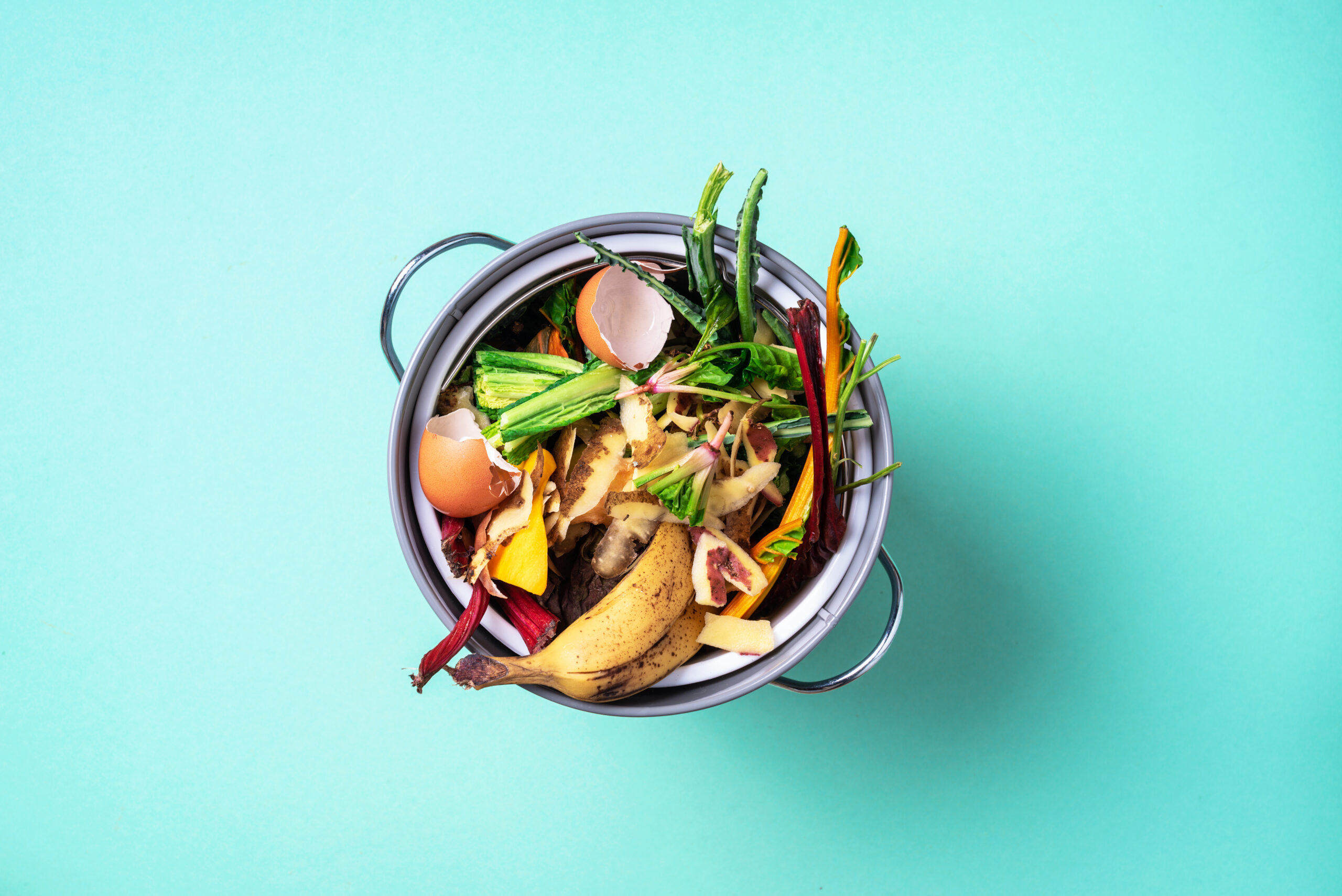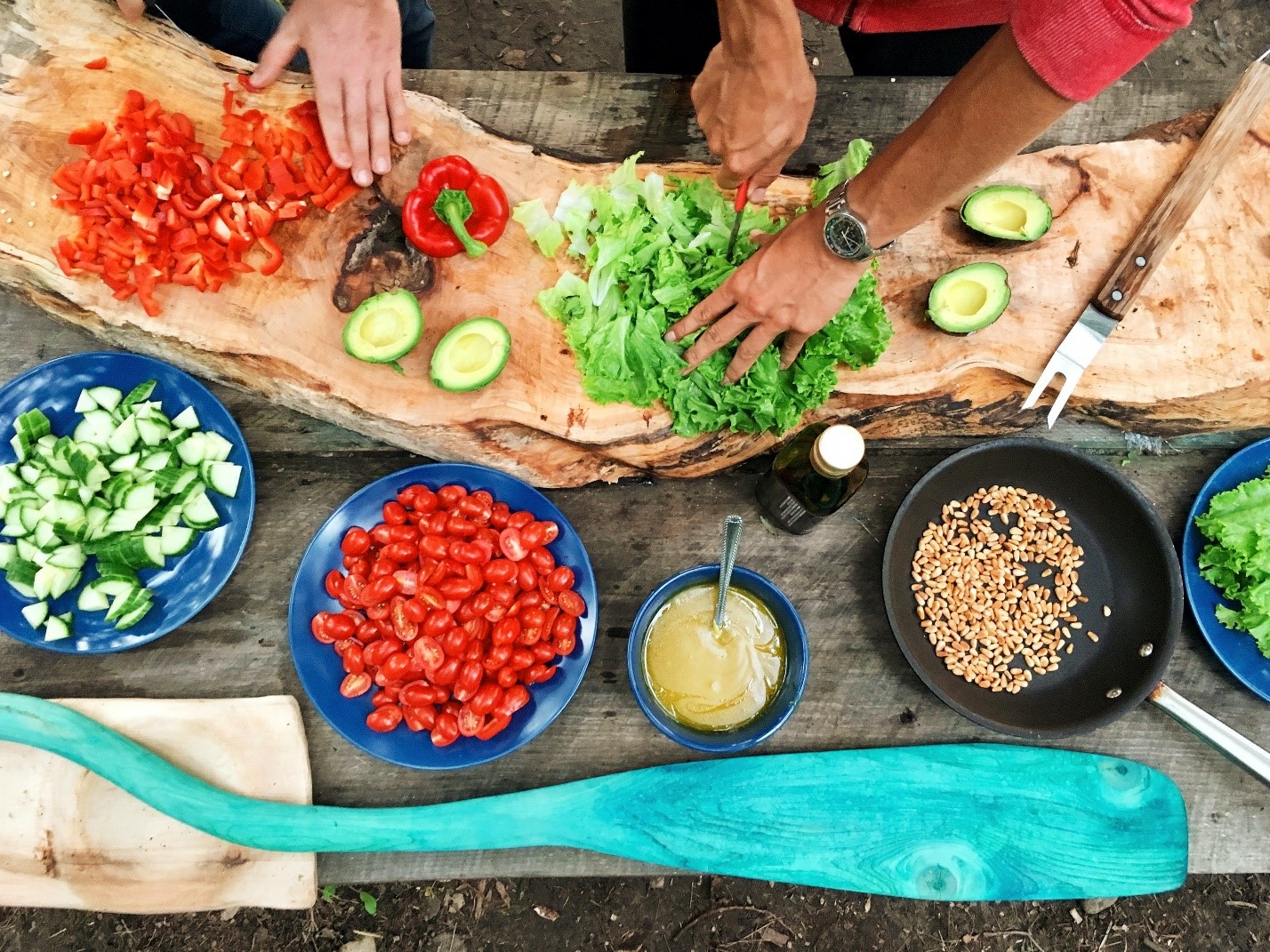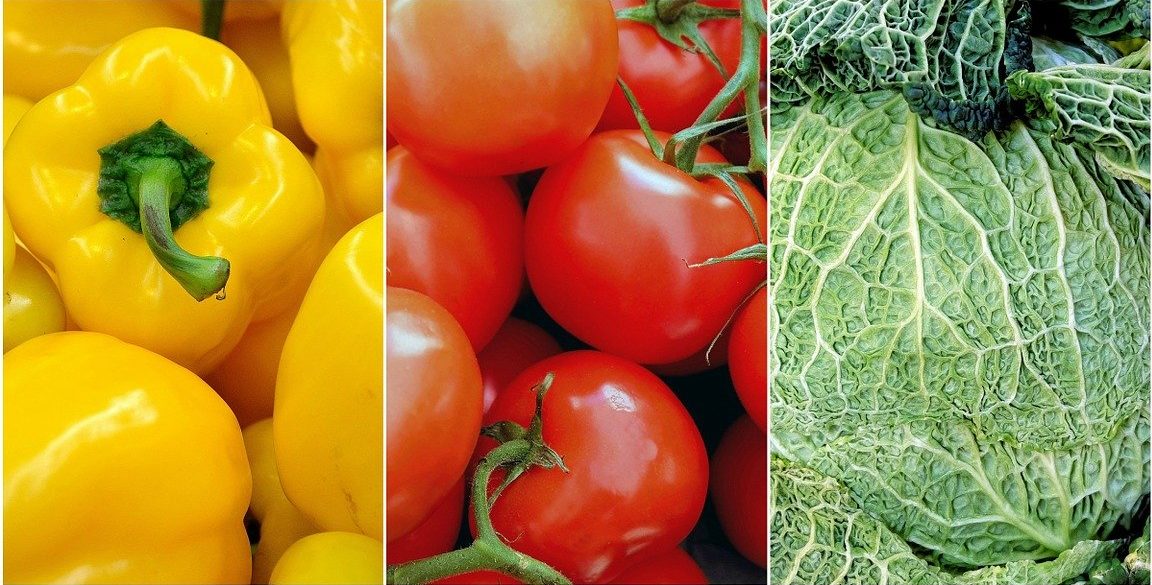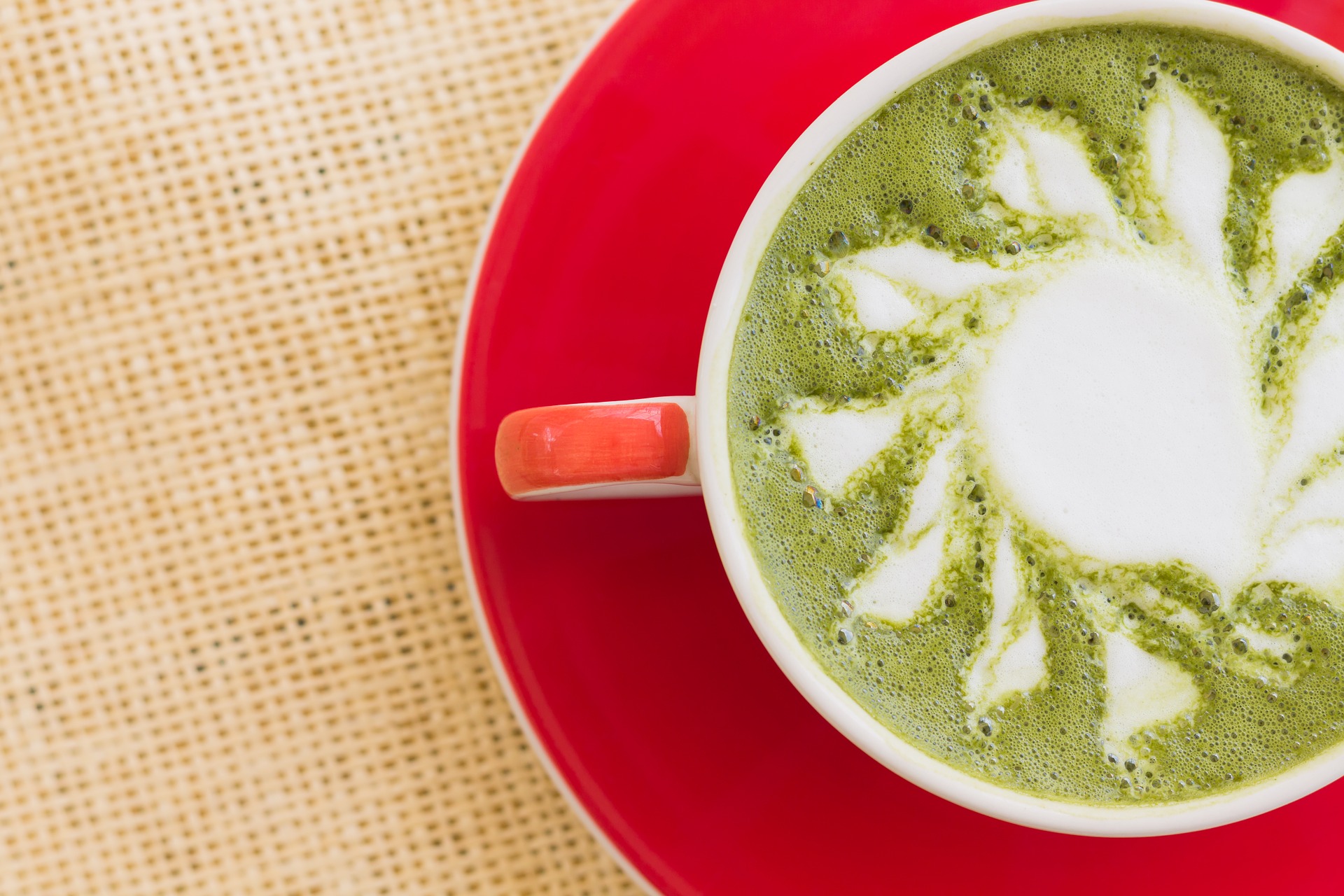As 2020 comes to an end, the food and beverage industry may be able to breathe a sigh of relief as it endured perhaps one of the most challenging years in modern history. Broken supply chains, lack of inventory and financial losses plagued the industry this year, largely due to the COVID-19 pandemic. However, despite the chaos that ensued, innovation and new technologies still rose to the challenge in 2020, perhaps because there was no other choice.
Decades of forward planning and food manufacturing rules and standards were thrown out this year. But even though rising pressure and tight deadlines overwhelmed food producers and distributors, food still got to consumers through traditional routes or online through direct-to-consumer channels. At this point, the sector has no choice but to continue delivering in the coming year.
At the end of each year, food industry insiders and experts make predictions about the year to come — and last year was no exception. Let’s take a look at some of the predictions that were made for 2020, see whether they panned out and look back at some of the trends that dominated the food and beverage industry this year.
The Unstoppable Rise of Plant-Based Alternatives
Although this trend builds upon growth in previous years, plant-based meat alternatives found breakthrough success in 2020, perhaps even more than expected thanks to the pandemic. Nearly every 2020 prediction list — including Food Dive and BBC Good Food — forecasted plant-based foods as a major winner, and they weren’t wrong.
Numerous COVID-19 outbreaks at meat processing plants across the US forced some to close and others to implement strict safety regulations to continue operating. Many turned to plant-based alternatives this year as they perceived it to be the safer option compared to its meat counterparts. Luckily, plant-based meat giants Beyond Meat and Impossible Foods were able to keep up with demand as their manufacturing process does not rely on animals and can be done much more safely than traditional meat processors.
But it wasn’t just the big brand meat alternative companies that participated in the trend this year. Nestlé, for example, added more plant-based products to its portfolio to keep up with demand and to offer consumers overall healthier choices. This year also saw traditional meat companies, including Tyson, Smithfield, JBS and Cargill, roll out plant-based alternatives, proving that there is room for competition in the sector.
McDonald’s, Burger King, Pizza Hut and many more fast food giants also capitalized on the plant-based trend. While some formed partnerships with existing companies to formulate plant-based burgers, chicken and pizza toppings, others created their own unique recipes, such as McDonald’s’ McPlant burger. Many of these plant-based items began trials this year, and they will likely be rolled out as permanent fixtures on the menu in the coming year.
Tech-Driven Startups
Driven by innovation, technology and sustainability, startups in the food and beverage sector found their voice this year — and many multinational corporations heard them. Whether they use proprietary technologies to produce proteins without harming animals, or create invisible edible skins to improve the shelf life of produce, food tech startups helped carry the industry through one of its roughest years.
One of the largest subsections of food tech this year was alternative meat and dairy, largely contributing to the overall rise in plant-based foods. San Fransisco-based startup Eat Just found wild success this year, as demand for its plant-based eggs, JUST Eggs, grew worldwide and it recently received regulatory approval to sell its lab-grown chicken nuggets in Singapore. On the plant-based dairy side, NotCo, a Latin American food tech startup, developed an AI-made plant-based milk called NotMilk designed to provide consumers with the same taste and texture as dairy milk.
Many startups focused on sustainability too, with upcycled food gaining momentum in 2020. Upcycling involves turning food that would otherwise go to waste into new products, like what pet food company Shameless Pets is doing to create upcycled dog treats and support food producers. California-based company Apeel reduces food waste by producing edible peels to cover produce as an alternative to plastic.
AgriFood tech also excelled this year, with startups in the sector raising $11.6 billion in funding from Finistere Ventures alone. Indoor farming, which was initially centered around local, small-scale production grew to new heights this year as a popular alternative to outdoor farms. Some emerging leaders this year include AeroFarms and BrightFarms, which focus on shortening the supply chain and getting produce to consumers faster.
Safer Food with Blockchain and AI
Now more than ever, consumers want to know where their food comes from, and certain technological advancements have allowed for safer, more traceable food. Enter IBM with its push for a global network system that is easily accessible and transparent. It’s called the IBM Food Trust Blockchain Initiative and it has helped push the use of blockchain and supporting technologies to the forefront this year.
The IBM Food Trust platform already consists of notable food giants like the Wakefern Food Corporation and Nestlé. But this year, more companies around the world joined IBM’s unparalleled platform, including Cermaq Salmon and Labeyrie, Ecuadorian milk processor El Ordeño and Organo Corporations. Used along with AI and Internet-of-Things (IoT), blockchain can go above and beyond traceability.
During this year’s Virtual Poultry Tech Summit, a new approach to safety using all three technologies was introduced to help the poultry industry find solutions to food safety, workforce challenges and supply chain interruptions. The approach offers many benefits for consumers beyond the poultry industry, allowing them to scan a barcode to see where their food was grown and verify that it is free of any foodborne illnesses or possible allergens.
Food, Delivered
With the world under lockdown for the better part of 2020, no one could have predicted how reliant consumers would become on food delivery before the pandemic. New ways of ordering and receiving food became crucial to keep many foodservice enterprises afloat. The rise of contactless food delivery cannot be understated this year, with fast-food chains, dine-in restaurants and grocery stores nationwide taking part in the new delivery method to keep employees and customers safe.
Contactless delivery came about as a lifeline for struggling businesses to continue selling and delivering food with as few points of human contact as possible. Some restaurants, including the popular sushi chain Sugarfish, quickly implemented contactless delivery in cities that were hit particularly hard by COVID-19. However, many smaller, local restaurants had to turn to third-party food delivery services like Uber Eats, DoorDash and Postmates, which too were quick to implement contactless delivery.
At the start of 2020, the food delivery sector was reaching a standstill after years of raising and losing billions of dollars — but the pandemic changed everything. Uber relied on Uber Eats as its ride-share business plummeted, the valuation of DoorDash soared as it secured millions in capital and Postmates was purchased by Uber for $2.65 billion. While the pandemic helped the stars align for these companies, it has left small businesses struggling to deal with higher-than-ever service fees and consumers with delivery fees, sparking some cities to cap them.
With more people unwilling to go to grocery stores, meal kit companies — like Blue Apron, HelloFresh and Freshly — also became a popular method of food delivery. While these types of companies were around before this year, the demand for meal kits skyrocketed in 2020 thanks to the ongoing trend of cooking at home — a trend that could be the new normal post-pandemic.
Functional Ingredients
To the growing number of health-conscious consumers, food is becoming less about taste and convenience, and more about function. Increasingly, shoppers are making purchasing decisions based on the role that certain ingredients play in promoting good health and/or reducing the risk of disease. And this year, perhaps in an effort to maintain control in a chaotic world, consumers are turning to functional foods more than ever.
The concept of functional food is not new — products like calcium-fortified orange juice and probiotic yogurt have been around for years. But a growing push by consumers to pay closer attention to what goes into their bodies has increased demand for products that deliver added benefits. Technology has certainly helped in boosting the potential of functional foods, especially fruit- and vegetable-based foods.
The beverage industry, in particular, has profited from functional ingredients, by using lesser-known fruits like elderberry and acerola. New Jersey-based startup Berry Immunity, for example, uses elderberry, strawberry, echinacea and prebiotics in its plant-based beverages that are also high in vitamins C and D. Arla Foods Ingredients found a way to enhance the already antioxidant-rich and long-time favorite drink iced tea with whey protein to boost its nutritional value.
As the category grows, new technologies and innovative ingredients will continue to move functional foods beyond protein shakes and yogurts.
Looking Ahead
The food and beverage industry has been a crucial player in the crisis response, but it will be just as fundamental to the recovery. The ability to adapt has been critical, and resilience is key in the coming year. Click here to read Xtalks’ list of food and beverage predictions for 2021.










Join or login to leave a comment
JOIN LOGIN